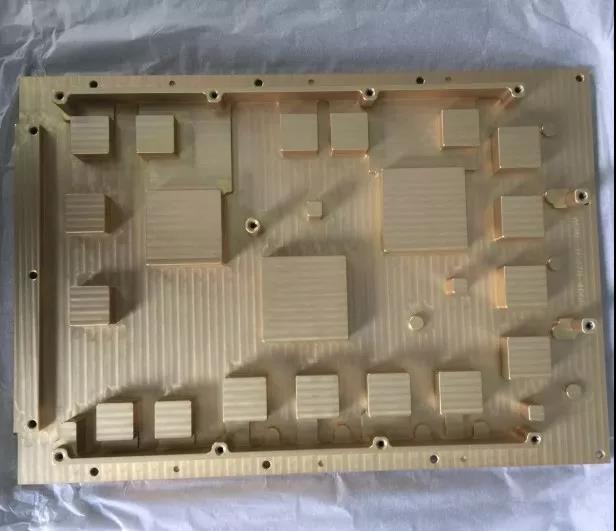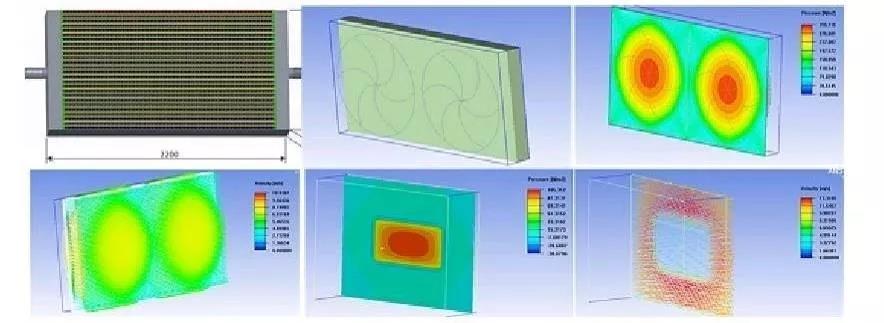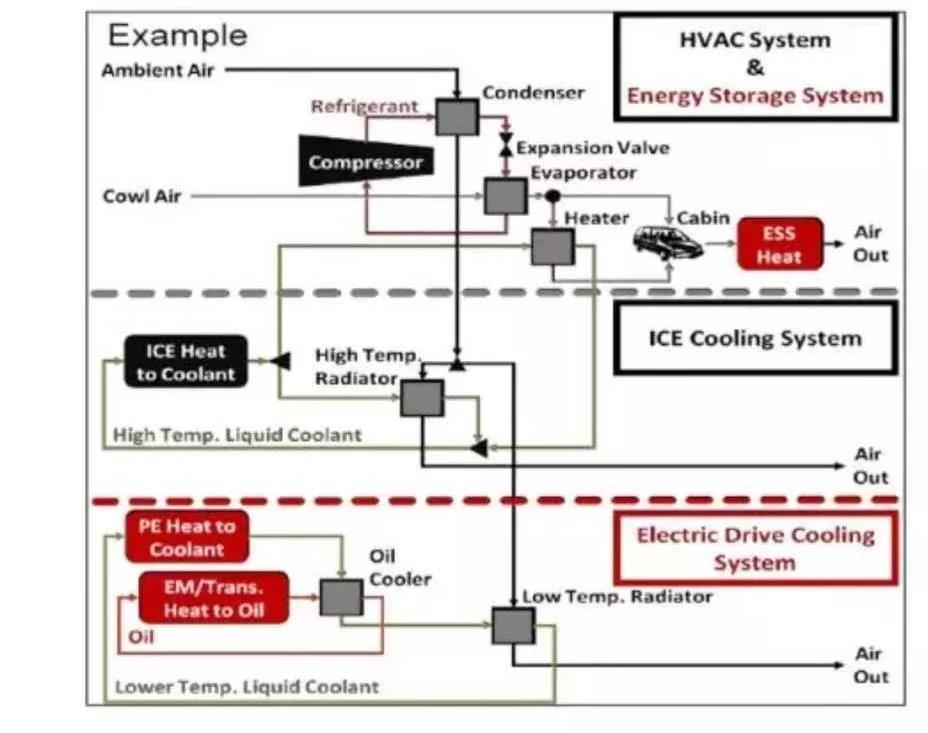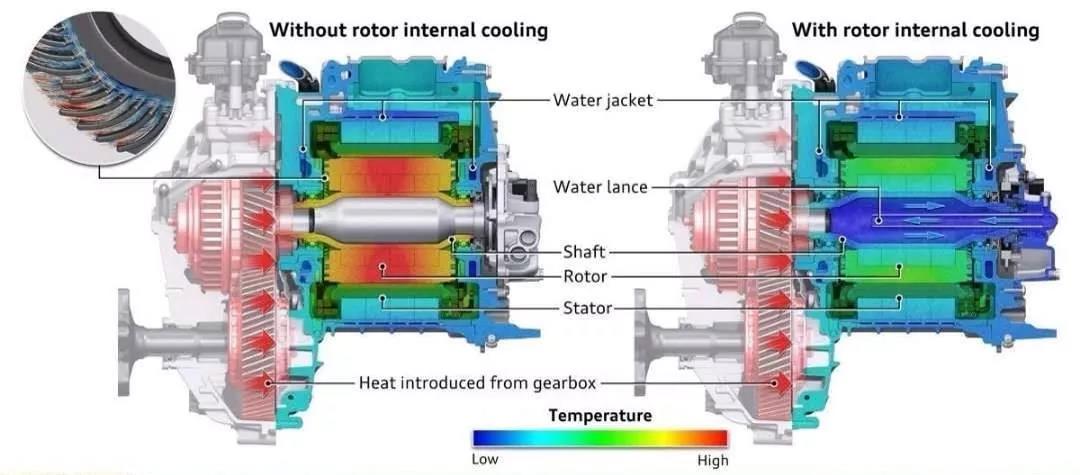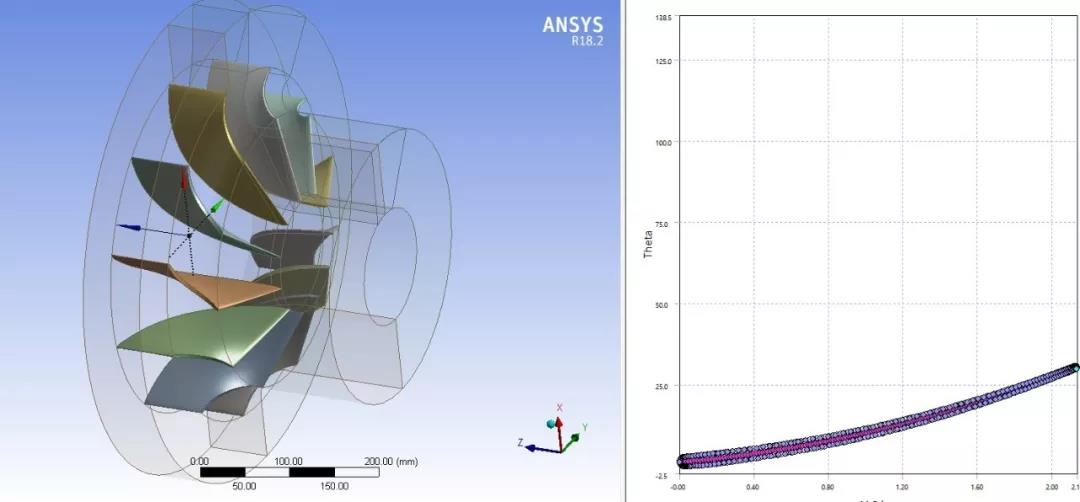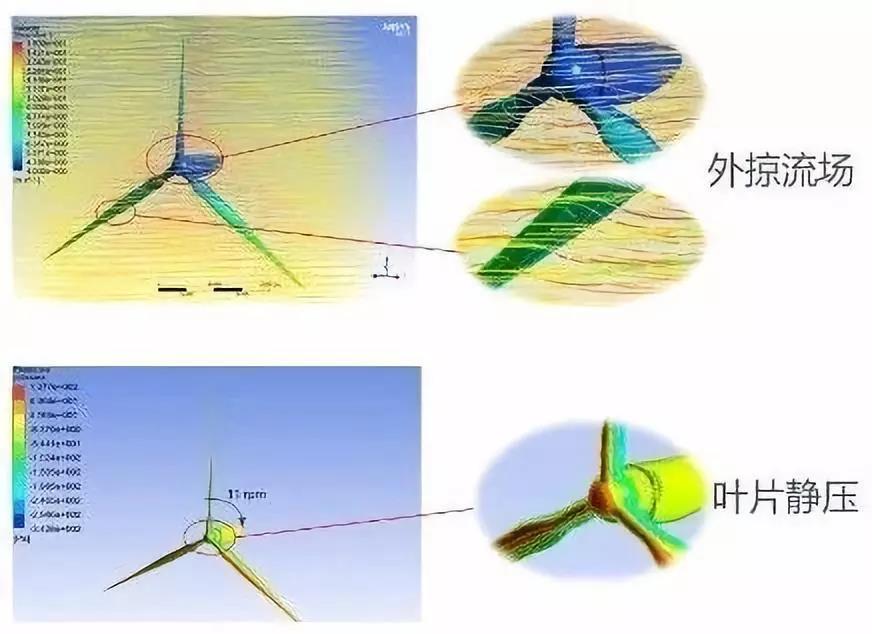Is there still a chance for the wind turbine industry?
Time:2019-11-08 16:23 Source:未知 Author:admin Reading:
Is there still a chance for the wind turbine industry? This is indeed a topic worth discussing. Before discussing the fan, we first classify the fan: according to the level of the exhaust pressure, the fan can be divided into a compressor, a blower, a fan. The exhaust pressure of the compressor is higher than 34.3×10^4 Pa, the exhaust pressure of the blower is 11.27×10^4 ~34.3×10^4Pa, and the exhaust pressure of the fan is lower than 11.27×10^4 Pa. The fans mentioned in this article refer to ventilation fans.
First of all, as a relatively simple rotating machine, the fan is almost mature in design and process. Of course, this is relative to ebmpast, ZIEHL-ABEGG, Multi-Wing, Kruger, LMB and other world-class wind turbine design manufacturers. Other wind turbine companies have their own strengths, but there is still room for improvement. The fan market is a very inclusive and ever-changing market for applications. What the future wind turbine suppliers need to do is to sell wind turbines to provide a systematic solution. That is to say, the design unit of the fan should simulate different application scenarios as much as possible, instead of simply giving the Q-P curve for the customer to choose based on the AMCA test standard. Based on personal understanding, the fan has many technical details to be done in the following application scenarios:
(1) The combination of the fan and the air-cooled radiator on the communication base station, the potential problem is the balance of efficiency and effect, especially how to obtain longer battery life in UPS mode. Phase change heat equipment (heat pipe or temperature equalization plate) is widely used in medium and high heat flux products. On this basis, the fan unit needs to take away the heat flow with a more uniform airflow structure, and the corresponding wind guide structure design is more critical.
Figure 1 A supplier's board type temperature equalization board
(2) The problem in the heat dissipation of the avionics field (such as radar) is that the size is extremely compact and the weight limit is extremely strict, resulting in a small heat dissipation area or excessive wind resistance. At the same time, in order to ensure the air volume and static pressure, a small size and a light weight are required ( Special fan for titanium alloy, magnesium alloy, carbon fiber) and high speed (above 10000 rpm). Too high a speed determines that the diameter of the impeller is not too large. Usually, multiple fans are connected in parallel in order to obtain a large air volume. The problem at this time is the accurate simulation or calculation of the P-Q curve after parallel connection. For example, small differences in the intake end and small differences in parameters such as blade shape and head clearance may cause large changes in the operating point of the high speed fan.
(3) Wind power field: The heat source of wind turbines mainly comes from generators, converter cabinets, transformers, mechanical drive trains, main bearings, pitch and brake hydraulic oil systems. For current fan products, no matter what cooling scheme is used, the heat is finally discharged into the atmosphere through the fan drive. For offshore wind turbines, although the author has also participated in the demonstration of the inter-seawater cooling scheme, that is, the pumping cycle is the main cooling method, but the actual progress in this aspect is small. The heat dissipation feature of the wind power field is that the heat is extremely large, and the required air volume is also great, so the diameter of the fan is also large. The problem with large-diameter axial fans is that the in-plane flow non-uniformity is significant, not only matching the resistance curve of the radiator, but also considering the temperature distribution on the heat exchanger front.
Figure 2 CFD simulation of wind power external cooling radiator (4) Automotive sector: Whether it is a traditional car or a new energy car, thermal management has always been one of the most important core technologies. According to the function, it is divided into engine thermal management, air conditioning system and cabin thermal management, battery thermal management (fuel cell hydrothermal management), motor thermal management and controller system thermal management. Taking the thermal management system diagram of a hybrid vehicle as an example, the ambient wind needs to be supplied to the HVAC system, the ICE thermal management system, and the electric drive system according to the temperature gradient. Considering changes in the outdoor environment and changes in the driving state of the car, the opening of each damper is always in dynamic adjustment, and the wind resistance (pipe network characteristics) and air volume are also constantly changing, which makes the working point of the fan constantly Variety. Some literatures have compared the efficiency of the centrifugal fan used in new energy vehicles, the dimensionless air volume coefficient, the dimensionless static pressure coefficient and the potential heat dissipation effect. Finally, the suggestion is that the fan should be designed with flow and static pressure in this scenario. priority.
Figure 3 Thermal management system diagram of a hybrid car In the field of Thermal, the automotive industry has always been a hot spot for cooling technology. The latest cooling technology for Audi drive motors uses liquid cooling, Tesla's Battery Pack and some modules on the PCB also use liquid cooling.
Figure 4 Liquid cooling CFD simulation results of a new energy vehicle
(5) The field of motors and generators is also an industry dominated by air-cooling. However, as far as the current situation is concerned, the design level of cooling fans for conventional motors and general alternators is still far from that of other industries. Or because mainstream products are not standardized, or because the market value is too small and scattered, the mainstream wind turbine design manufacturers are not very concerned about this field. The characteristics of this type of product are: 1) the fan is fixed on the rotor, and the working frequency of the rotor is fixed; 2) the boundary conditions at the inlet and outlet ends of the fan are confusing. As a result of the Matthew effect, the fan design in the field of conventional motors or alternators has been in a relatively lagging state.
Figure 5 Design of a weak axial flow centrifugal fan
(6) Internal air-cooling heat dissipation of various cabinet-type electronic products, more involving air volume control in different air ducts, optimization of inlet and outlet wind position, and series-parallel combination analysis of fans.
The final conclusion is that there is definitely an opportunity, but just doing a fan and giving a solution is like doing charity. But to find a very suitable area - it is very difficult to classify fans, accessories and corresponding solutions as bordered systems.
The author has been engaged in technical work in the fields of engineering vehicles, avionics, wind power and other fields for nearly ten years. He has contacted various types of fans, ranging from axial fans for cabinets to large axial fans with a diameter of more than 1 m. In the meantime, a lot of CFD analysis work was done. The largest impeller was simulated from a wind turbine with a diameter of about 150 meters, but the impeller design of the wind turbine was designed to absorb air kinetic energy.
Figure 6 Simulation of aerodynamic performance of a wind turbine blade |
- 上一篇:Talk about the valve's "running and dripping"
- 下一篇:Jiangsu Valve Industry Development Exchange Conference was s

